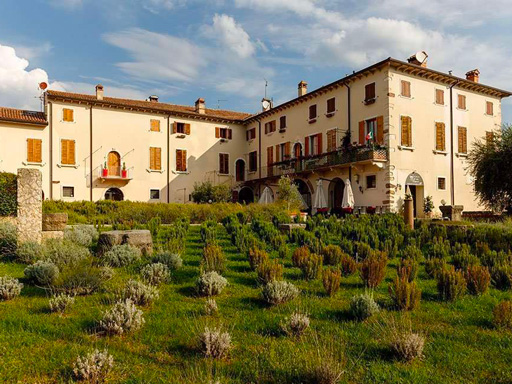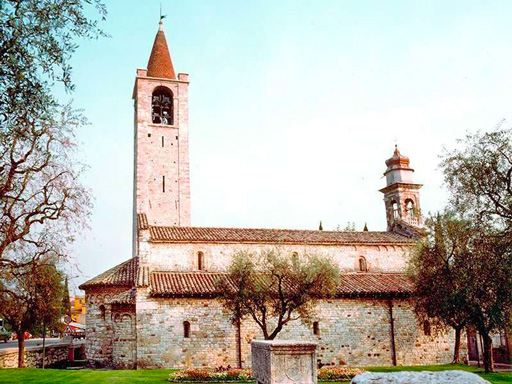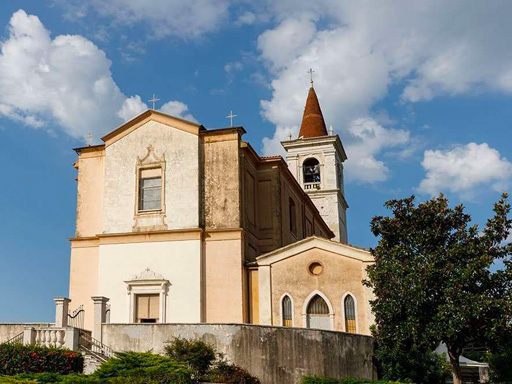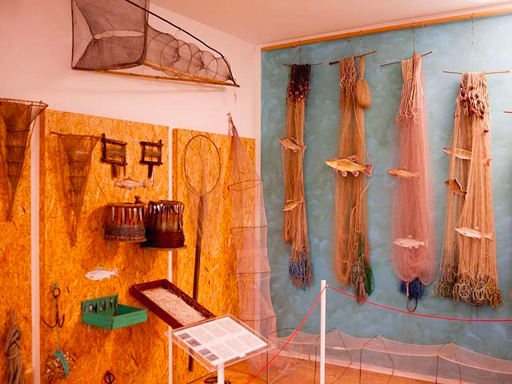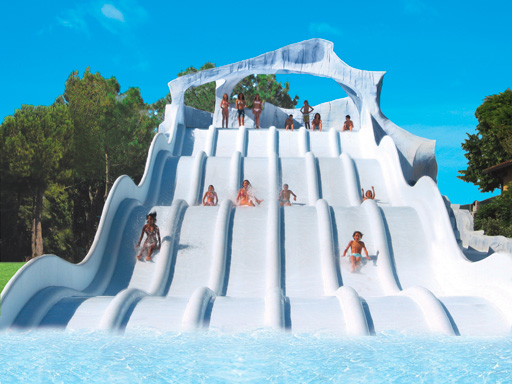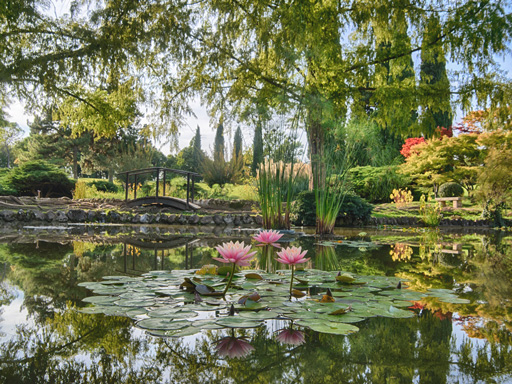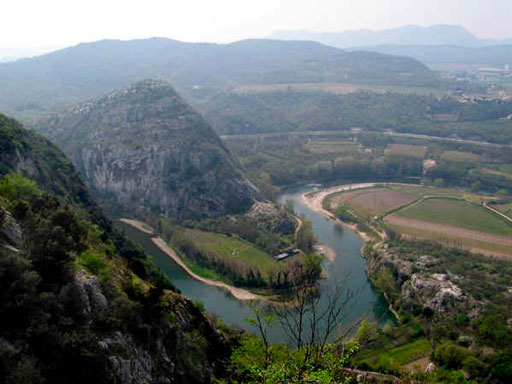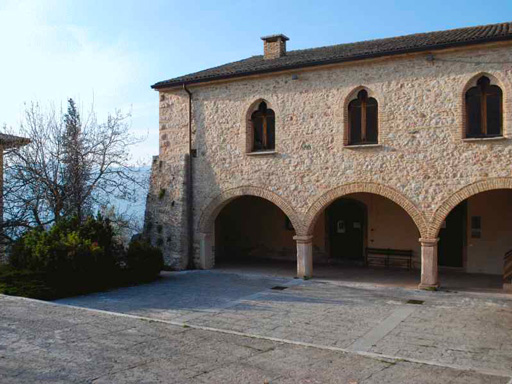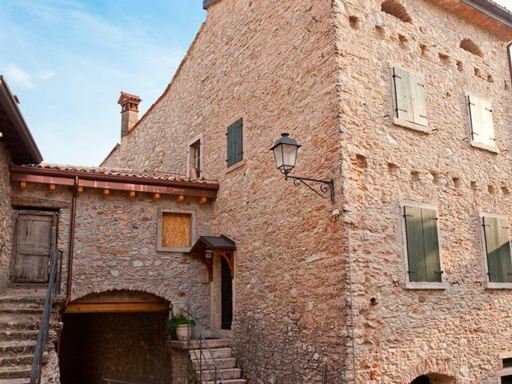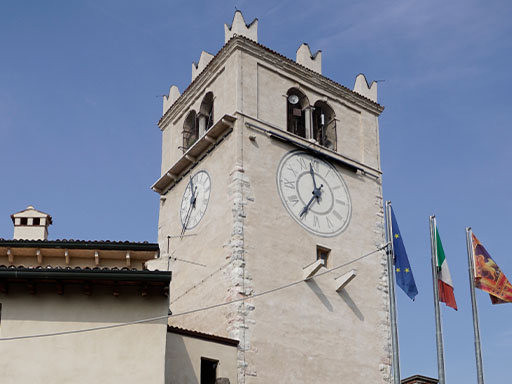
The symbol of Castelnuovo del Garda

The emblem of the town of Castelnuovo del Garda, which dominates the town, is the old castle, built in 1387 by Gian Galeazzo Visconti, lord of Milan, following the defeat suffered by the Della Scala family, lords of Verona. It was the main tower of the castle and was at the centre of a double circle of walls, as documented in the Carta dell’Almagià, depicting the Verona territory in 1400. The Visconti complex was erected on a pre-existing fortress, probably dating back to the 12th century. The belfry is a superelevation from the late 1700s and early 1800s and houses one of the most complete bell concerts in the Veronese style (fourteen bells).
Helpful information
![]() Torre Viscontea, Castelnuovo del Garda VR, Italia
Torre Viscontea, Castelnuovo del Garda VR, Italia

